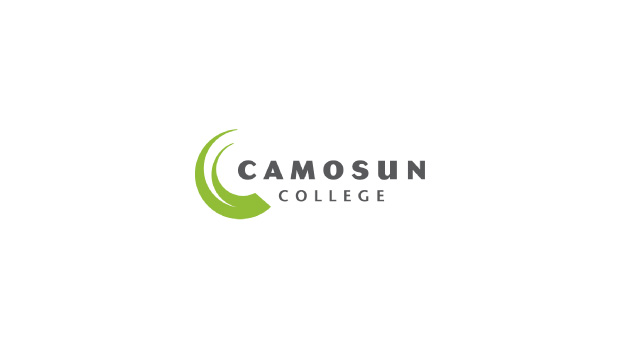Station #1 – Static Electricity
- Activity Name: Clinger
- Description: Students use plastic wrap to attract cereal pieces
- Materials: Some puffed rice cereal, piece of plastic food wrap, sheet of typing paper
- Source: HC
- Activity Name: Fun With Static
- Description: Students watch multiple demonstrations involving static electricity
- Materials: wool socks, plastic, Styrofoam, glitter, cardstock
- Source: EO
- Activity Name: Electroscope
- Description: Students predict what will happen.
- Materials: an electroscope HC
- LINK: http://science.howstuffworks.com/vdg1.htm
Station #2 – Acids and Bases
- Activity Name: Testing Acids and Bases
- Description: Students try to guess the pH of different materials and then test them
- Materials: Liquid Materials (pop, juice, water, cleaning supplies, etc.), pH paper or pH indicator
- Source: EO
- Activity: Miniature Fire Extinguisher (Putting out a flame)
- Description: Students make a mini fire extinguisher using vinegar and baking soda
- Materials: Pop bottle, cork, straw, small jar, tea light or small candle, lighter or matches
- Source: HC
- * top half of diagram shows the pH scale with common/household liquids of varying pH drawn on at the appropriate marking; below, underneath the acidic end of the scale, an acidic solution is illustrated with many hydrogen ions (coloured balls with happy faces) crowding around very few hydroxide ions; basic is illustrated with the opposite arrangement; and neutral is illustrated by having equal numbers of the two
- * generalized formula for an acid base reaction
Station #3 – Forensics
- Activity Name: Fingerprinting
- Description: Students study their fingerprints
- Materials: Stamp pad, paper
- Source: EO
- Activity Name: Blood Splatter Analysis
- Description: Students learn about blood spatter analysis
- Materials: pre-made fake blood, popsicle sticks, craft paper
- Source: EO
- LINK: http://science.howstuffworks.com/bloodstain-pattern-analysis.htm
Station #4 – Bristle Bots
- Activity Name: Bristle Bots
- Description: Students learn about friction and Brownian motion
- Materials: toothbrush heads, watch batteries, double sided tape, pager motors, testing arena
- Source: EO
Station #5 – Polymers
- Activity Name: Slime
- Description: Students will make a polymer slime substance
- Materials: cups/Ziploc bags, borax solution, white or clear glue
- Source: EO
- Activity Name: Making Plastic
- Description: Creating globs of plastic
- Materials: hot plate, pot, cream, vinegar, spoons
- Source: EO
Station #6 – Microbiology models
- Activity Name: DNA models
- Description: Students learn about DNA and make a wearable strand of DNA
- Materials: beads, gimp
- Source: EO
- Activity Name: LEGO cells
- Description: Making plant and animal cells using Lego
- Materials: Lego
- Source: EO
Station #7 – Density
- Activity Name: Cartesian Divers
- Description: Students will learn about water pressure and buoyancy
- Materials: water bottles, pen lids, plasticine
- Source: EO
- Activity Name: Lava Lamp
- Description: Demonstration lava lamp made of oil, water, and salt
- Materials: Giant graduated cylinder, vegetable oil, water, salt food colouring
- Source: TI (see end)
Station #8 – Air Pressure & Vacuums
- Activity Name: Magdeburg Spheres
- Description: Students pick up a cup using a partial vacuum
- Materials: Two identical cups, aluminum foil, matches, blotting paper
- Source: HC
- Activity Name: Egg-in-a-bottle
- Description: Students will learn about vacuums
- Materials: hard boiled eggs, open mouthed bottles, matches
- Source: EO
- Activity Name: Bernoulli Spheres (Blown away)
- Description: Students move two hanging spheres together using Bernoulli’s principle
- Materials: Two spheres (Ping-Pong balls work well), string, tape, straw
- Source: HC
- Activity Name: Bernoulli Balloons
- Description: Students ask attendees to estimate how many breathes it’ll take to fill the balloon up
- Materials: Bernoulli balloons
- Source: HC
- *a diagram explaining the “H”s and “L”s in a weather map
- *a diagram explaining plane wings and how the Bernoulli effect results in lift
Station #9 – Human Body
- Activity Name: Model Lung (Breathing)
- Description: Students build a model lung out of balloons and pop bottles
- Materials: Pop bottle, balloons
- Source: HC
- Activity Name: Model Eardrum
- Description: Students make an eardrum
- Materials: large cups, saran wrap, thick elastic bands, salt
- Source: EO
- *simplified diagram of lung and thorax
- *simplified diagram of ear
Station #10 – Weather
- Activity Name: Tornado-in-a-bottle
- Description: Students make a tornado
- Materials: empty water bottles, food colouring, water, duct tape
- Source: EO
- Activity Name: Storm-in-a-bottle
- Description: Students watch sedimentation patterns in a storm settling
- Materials: water bottles, water, gravel, sand, rocks, dirt
- Source: EO
- Activity Name: Cloud in a bottle
- Description: Demo of how clouds form
- Materials: Pop bottle, match, water (hot)
- Source: HC
- *diagram explanation the effect of pressure and gas
- LINK: http://www.youtube.com/watch?v=E8AvfXar9zs



























